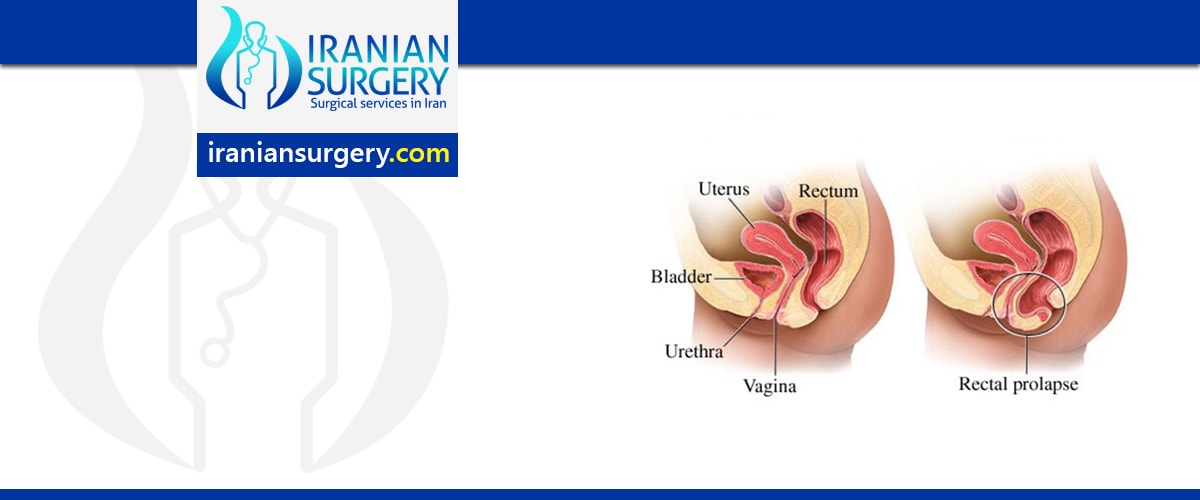1Will a Rectocele get worse?
A rectocele may not cause symptoms. Or, you may notice a bulge in your vagina when you strain or bear down during a bowel movement. ... A rectocele usually does not cause serious health problems. If your symptoms get worse, you may want to talk with your doctor about surgery to return the rectum to its normal position.
2How do you fix a Rectocele?
Treatment for Enteroceles or Rectoceles
A repair surgery will strengthen the wall of your vagina with sutures (stitches). An enterocele repair stops the small intestine from bulging into your vagina. A rectocele repair stops the rectum from bulging into the vagina
3Can a pessary make prolapse worse?
Can prolapse get worse? For some women, their prolapse gets worse over time. For others, their prolapse will stay the same with conservative treatment options. Prolapse generally does not improve without surgery
4Does a Rectocele cause back pain?
However, larger rectoceles can trigger a variety of rectal and vaginal complaints, including: A bulge of tissue protruding through the vaginal opening. ... Difficulty controlling the passage of stool or gas from the rectum. Low back pain that is relieved by lying down
5Can a Rectocele burst?
A rectocele is a type of pelvic organ prolapse. It happens when the supporting ligaments and muscles weaken in the pelvic floor. ... A rectocele can lead to constipation and discomfort, but if it is small, there may be no symptoms. Most people can treat a rectocele at home, but a severe case may need surgery
6Is a Rectocele repair painful?
Surgical repair of rectoceles and enteroceles is used to manage symptoms such as movement of the intestine that pushes against the wall of the vagina, low back pain, and painful intercourse. An enterocele may not cause symptoms until it is so large that it bulges into the midpoint of the vaginal canal.
7How long does it take for a Rectocele repair to heal?
information to help you as you recover at home. (Be sure to follow any instructions from your care team if they're different from what you see here.) After a rectocele repair, it's normal to have light vaginal discharge for up to 6 weeks
8How long does a Rectocele repair last?
The most common postoperative symptom after rectocele repair is rectal pressure and discomfort. This should resolve over several weeks as the tissue heals. The success for this procedure to correct the bulge is over 80-90 percent depending on the technique used
9What does a Rectocele feel like to touch?
Other lovely symptoms include discomfort with intercourse, vaginal bleeding, and a palpable bulge inside the vagina. ... Posterior prolapse is also called a rectocele (REK-toe-seel) because typically, though not always, it's the front wall of the rectum that bulges into the vagina
10How long can you leave a pessary in?
How long can I use a pessary for? Pessaries are a safe long-term treatment for prolapse but they do need to be changed every three to six months. Some women will be able to do this at home themselves but others will need to go to a hospital or a clinic to have this done for them



